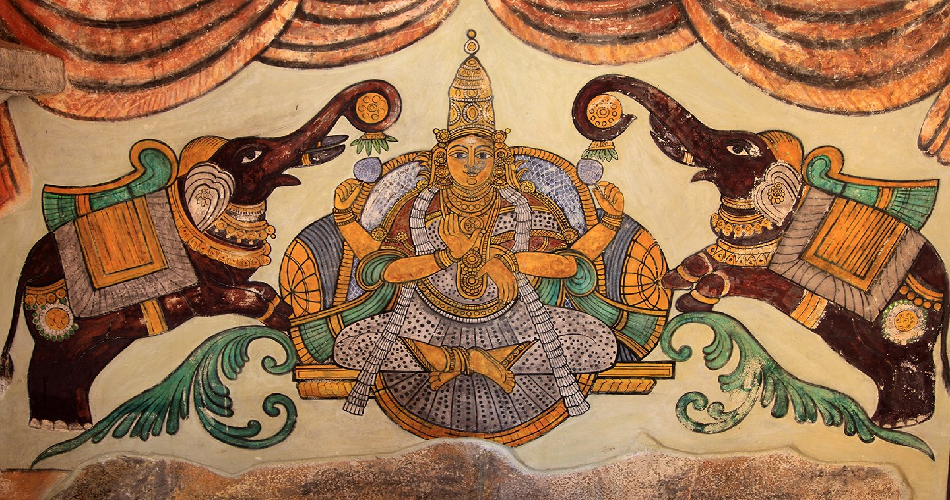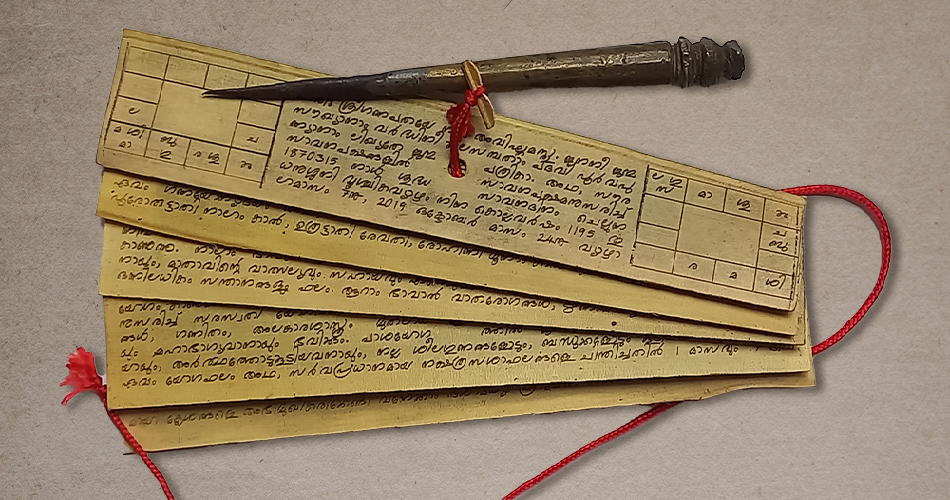
Thanjavur (Tanjore) is a treasure trove of art, culture, and craftsmanship, making its souvenirs truly special. Here is a comprehensive guide to the top 10 souvenirs you can buy in Thanjavur, ensuring a rich and informed shopping experience.
1. Thanjavur Painting (Tanjore Painting)
- Style: Classical South Indian painting.
- Origin: Developed during the Vijayanagara and Maratha periods (16th-18th centuries).
- Key Features: Vibrant colors, dense composition, and lavish use of 22-carat gold foil and semi-precious stones/Kundan work.
- Depictions: Often Hindu deities with a distinct 3D or embossed effect.
- Authenticity: A Geographical Indication (GI) tagged product; traditionally painted on a wooden plank (Palagai Padam).
- Where to Buy: Art Galleries, Poompuhar Handicrafts Emporium, and specialized art studios.
2. Thanjavur Art Plate (Tanjore Plate)
- What It Is: A traditional ornamental brass plate or plaque.
- Origin: Introduced by Raja Serfoji II during the Maratha rule (late 18th century).
- Key Features: Circular base made of brass or copper with intricate embossed relief work in the center.
- Materials: Central design made from a combination of silver, copper, and bronze for a unique “Ganga Jamuna” appearance.
- Significance: Also a GI-tagged artifact, symbolizing local metalwork artistry.
- Where to Buy: Poompuhar Handicrafts Emporium and metalwork shops.
3. Thalaiyatti Bommai (The Head-Shaking Doll)
- What It Is: Traditional bobble-head or nodding dolls (Thalaiyatti means “head-shaker”).
- Key Feature: Known for their unique “roly-poly” or perpetual swaying motion.
- Mechanism: Achieved using a weighted base (terracotta, papier-mâché, or wood pulp) for perfect balance.
- Appearance: Brightly painted, usually depicting traditional dancers, Raja-Rani, or deities.
- Significance: A GI-tagged craft, often used during the Navaratri Golu festival.
- Where to Buy: Local craft shops, roadside vendors near the temple, and Poompuhar.
4. Swamimalai Bronze Icons
- What It Is: World-renowned bronze statues of Hindu deities.
- Origin: Crafted in Swamimalai (8 km from Thanjavur).
- Technique: Uses the ancient Lost-Wax Casting (Cire Perdue) technique, tracing back to the Chola period.
- Key Features: Lifelike expressions, intricate details, and adherence to the Shilpa Shastras.
- Significance: Represents a piece of living history connected to the Chola dynasty’s art patronage.
- Where to Buy: Artisan workshops in Swamimalai or certified handicraft emporiums.
5. Thanjavur Veena (Saraswati Veena)
- What It Is: A large plucked string instrument of Carnatic music.
- Key Features: Known for its rich, resonant sound.
- Construction: Handcrafted, often from a single block of jackwood, and adorned with elaborate carvings and sometimes inlay work.
- Significance: Thanjavur is a major manufacturing center for this instrument.
- Where to Buy: Specialized musical instrument shops near the Palace and main market areas.
6. Thanjavur Silk Sarees
- What It Is: Traditional handwoven silk sarees.
- Key Features: Rich texture, heavy weight, and exquisite Zari (gold thread) work.
- Motifs: Borders and pallu often feature traditional designs like temple borders, peacocks, and floral patterns.
- Material: Made from pure mulberry silk.
- Where to Buy: Reputable silk shops on East Main Street and South Rampart Street.
7. Nachiarkoil Kuthuvilakku (Traditional Brass Lamp)
- What It Is: A traditional South Indian standing or hanging brass oil lamp.
- Origin: Made in the nearby village of Nachiarkoil.
- Key Features: Also known as Annam Vilakku because they often feature the Annam (mythical swan/hamsa bird) design on top.
- Craftsmanship: Intricate metalwork, often using the lost-wax casting technique. Can be disassembled for cleaning.
- Significance: A symbol of auspiciousness and light.
- Where to Buy: Metalware shops in Thanjavur and the artisan cluster in Nachiarkoil.
8. Netti Work (Pith or Softwood Sculpture)
- What It Is: Sculptures and artifacts carved from Indian Cork (Aeschynomene aspera), a light, spongy plant material.
- Process: Ancient craft requiring immense precision due to the softness of the material.
- Depictions: Delicate miniature models, often of temples, deities, or garlands.
- Benefit for Tourists: Unique art form that is lightweight and easy to transport.
- Where to Buy: Handicraft stores and pith work studios.
9. Wood Carvings
- What It Is: Sculptures and panels carved from wood.
- Material: Often uses indigenous wood like jackwood.
- History: Reflects the long tradition seen in temple chariots and palace decorations.
- Depictions: Religious motifs, mythological scenes, and floral patterns.
- Where to Buy: Specialist wood carving studios and larger handicraft stores.

10. Palm Leaf and Paper Manuscripts/Prints
- What It Is: Replicas or prints of rare literary works.
- Source: Found in the famous Saraswathi Mahal Library (one of Asia’s oldest libraries).
- Content: Includes ancient palm-leaf and paper manuscripts in Sanskrit, Tamil, Marathi, and Telugu.
- What to Buy: High-quality facsimiles, books, or posters reproducing the illustrations and texts.
- Significance: Captures the intellectual and literary heritage of the region.
- Where to Buy: The book stall or museum shop within the Saraswathi Mahal Library.
Shopping Tips for Tourists
- Poompuhar: The Tamil Nadu State Government Handicrafts Emporium (Poompuhar) is an excellent place to start, as they sell certified products, often with a GI tag, ensuring authenticity.
- Best Market Area: The areas around the Thanjavur Palace Complex and East Main Street/South Rampart Street are the primary hubs for art, silk, and metalwork.
- Bargaining: In smaller, non-fixed-price shops and from independent artisans, you should politely bargain for a better price.
- Certification: For high-value items like Thanjavur Paintings and Bronze Icons, ask the seller for a certificate of authenticity or a GI tag reference, if available.